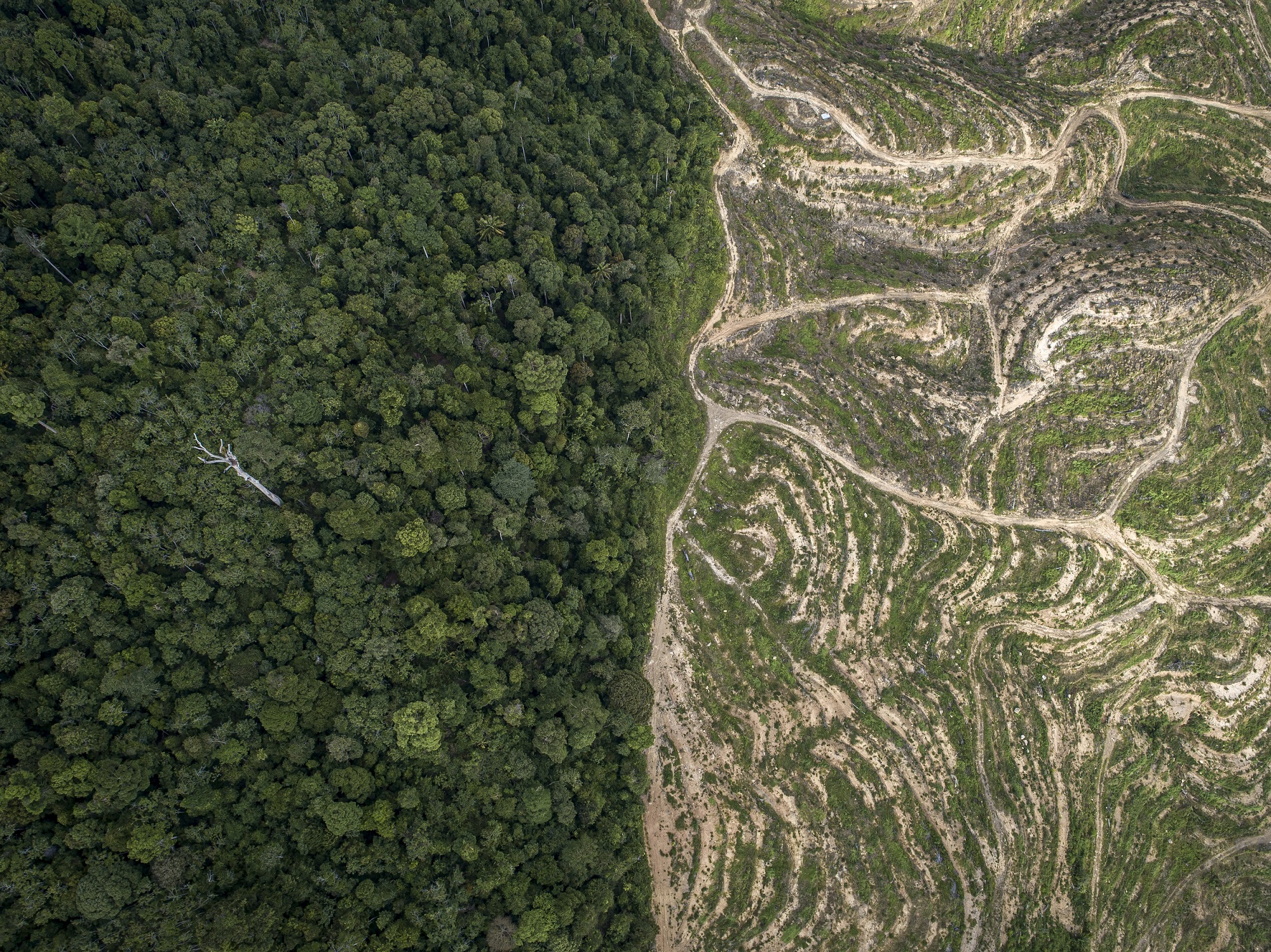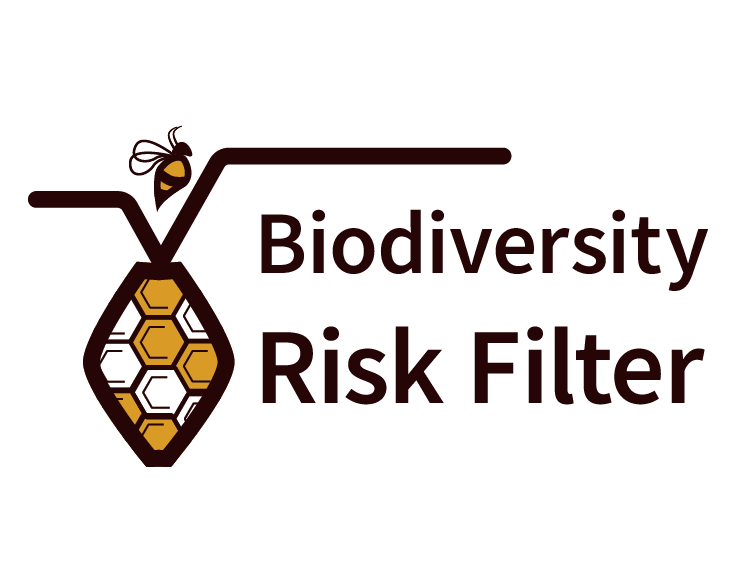BIODIVERSITY RISK FILTER
Understand, assess and respond to your biodiversity risks for enhancing resilience
Corporate and portfolio-level screening tool to help companies and investors to prioritise action on what and where it matters the most to address biodiversity risks for enhancing business resilience and contributing to a sustainable future
Click here to watch the recording of the Biodiversity Risk Filter Launch Event
Passcode: 4$7wG*Gh
Or access the presentation materials here.

OUR MODULES
The WWF Biodiversity Risk Filter is a free online tool that enables companies and financial institutions to Inform, Explore, Assess, and Act on biodiversity risks
To learn more about the tool’s modules and how biodiversity loss can result in business risk, please read this WWF report
What is biodiversity?
Biodiversity is the natural variety of life on earth
It is the variety of plants, animals and ecosystems that support the flow of vital ecosystem services on which we depend: to feed and clothe us, to provide us with clean water and air, to give us resilience to disasters and climate change, and to give us natural spaces to live in and enjoy.
For far too long, ecosystem services have been largely taken for granted and considered free and infinite.

How do business and biodiversity relate?
The relationship between business and biodiversity is informed by dependencies and impacts:
Dependency on biodiversity
Ecosystem services create opportunities but also ecosystem services decline can physically impact business locations

Impact on biodiversity
Impacts on biodiversity can create regulatory, reputational, and other risks for business locations
You can see an overview of the impacts and dependency weightings for all industries or investigate specific industries’ impacts and dependencies in the INFORM section. Please note that the WWF Biodiversity Risk Filter only takes into account DIRECT impacts and dependencies of each industry sector.
State of Biodiversity Health
Next to understanding business's dependencies and impacts it is important to assess the state of biodiversity health at the specific location. It includes:
• diversity and intactness of ecosystems,
• diversity and abundance of species and genes, and
• provision of ecosystem services
The WWF Biodiversity Risk Filter assesses the state of biodiversity-related issues and pressures that may impact them using 33 different indicators. Explore the spatial distribution of all indicators in the EXPLORE module
For more information, see the tool’s Biodiversity Risk Filter Methodology in Data & Methods

Biodiversity Risk
Currently, the WWF Biodiversity Risk Filter tool assesses two types of biodiversity-related business risk: Physical and Reputational
WWF will be incorporating biodiversity-related regulatory risks in the future.
These risks may be or become material from an environmental, social or financial perspective (e.g., operational cost increase, loss in revenue, loss of brand value), which can ultimately negatively impact investors’ financial investments.

Physical Risk
A company’s operations and value chain may face physical risk if
- located in land- and seascapes that experience a decline in ecosystem services; and
- heavily dependent upon these ecosystem services or increase pressures on biodiversity with their activities

Regulatory Risk
A company’s operations and value chain may face regulatory risk if
- operating in an unstable, ineffective and poorly implemented regulatory environment; and
- not prepared for regulatory changes or experiencing restrictions and fines due to non-compliance with existing regulations

Reputational Risk
A company may face reputational risk if stakeholders and local communities perceive that it does not conduct business in a sustainable and responsible fashion with respect to biodiversity.
A company’s reputational risks are linked to its operational performance and certain pre-conditions in the land- and seascapes that can make reputational risk more likely to manifest (e.g., media scrutiny, conflict, protected areas).
Go to the ASSESS module to analyse your biodiversity risks
NEED SOME HELP?
Please make sure to first check our Tutorial page, all FAQs and the Data & Methods. If you still need help, don’t hesitate to contact us.
WANT TO PARTNER WITH WWF?
We at WWF are happy to partner with companies and financial institutions willing to engage in market transformation. If you are interested to work with us, please get in touch.
FAQs
Yes, the WWF Risk Filter Team can provide support, ranging from advice on the use of the tool to more tailored expert support for partners.
By partnering with WWF, we can support your organization in better understanding your biodiversity risks, provide guidance for your biodiversity stewardship strategy and targets, and help you implement on-the-ground actions. If you are interested in our tailored expert support, please get in touch.
For basic support, please make sure to first check our tutorial. If you still need help, don’t hesitate to contact us.
The WWF Biodiversity Risk Filter is a free online tool aimed to help companies and financial institutions to assess and act on biodiversity-related risks and opportunities across their operations, value chain and investments.
It is designed to be used as a corporate and portfolio-level screening tool to help prioritize action on what and where it matters the most to address your biodiversity risks and opportunities for enhancing business resilience and contributing to a sustainable future.
With its unique ability to combine state-of-the-art biodiversity data with sector-level information, the tool should be used to better understand biodiversity context across the value chain. By then embedding biodiversity into corporate strategies and targets, organizations will be able to build resilience for their business and investments as well as the land, river and seascapes in which they operate and depend on.
With its full launch in January 2023, the WWF Biodiversity Risk Filter is a leading and trusted tool used worldwide and from a broad range of sectors - including food and beverage, textile, retail, mining, manufacturing and finance.
To read examples of how companies and investors use the WWF Risk Filter Suite, please visit our Case Studies page.
To assess your biodiversity risks and opportunities, you will need to register and create an account. Once you created an account, you will be able to access the Assess module of the tool to upload your data, save it and can come back to it at any point - only you have access to this account.
However, you do not need to create an account to access the Inform and Explore modules of the tool which contain an array of biodiversity risk maps and resources to help you get started.
Please note that the Act module is currently in development. Once live, only registered users with an account will be able to access the Act module to receive corporate-level recommendations based on their unique biodiversity risks.
Images: © Ramdan_Nain / iStock / GettyImages, © Aaron Gekoski / WWF-US



.png)




